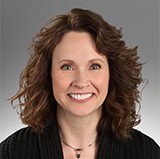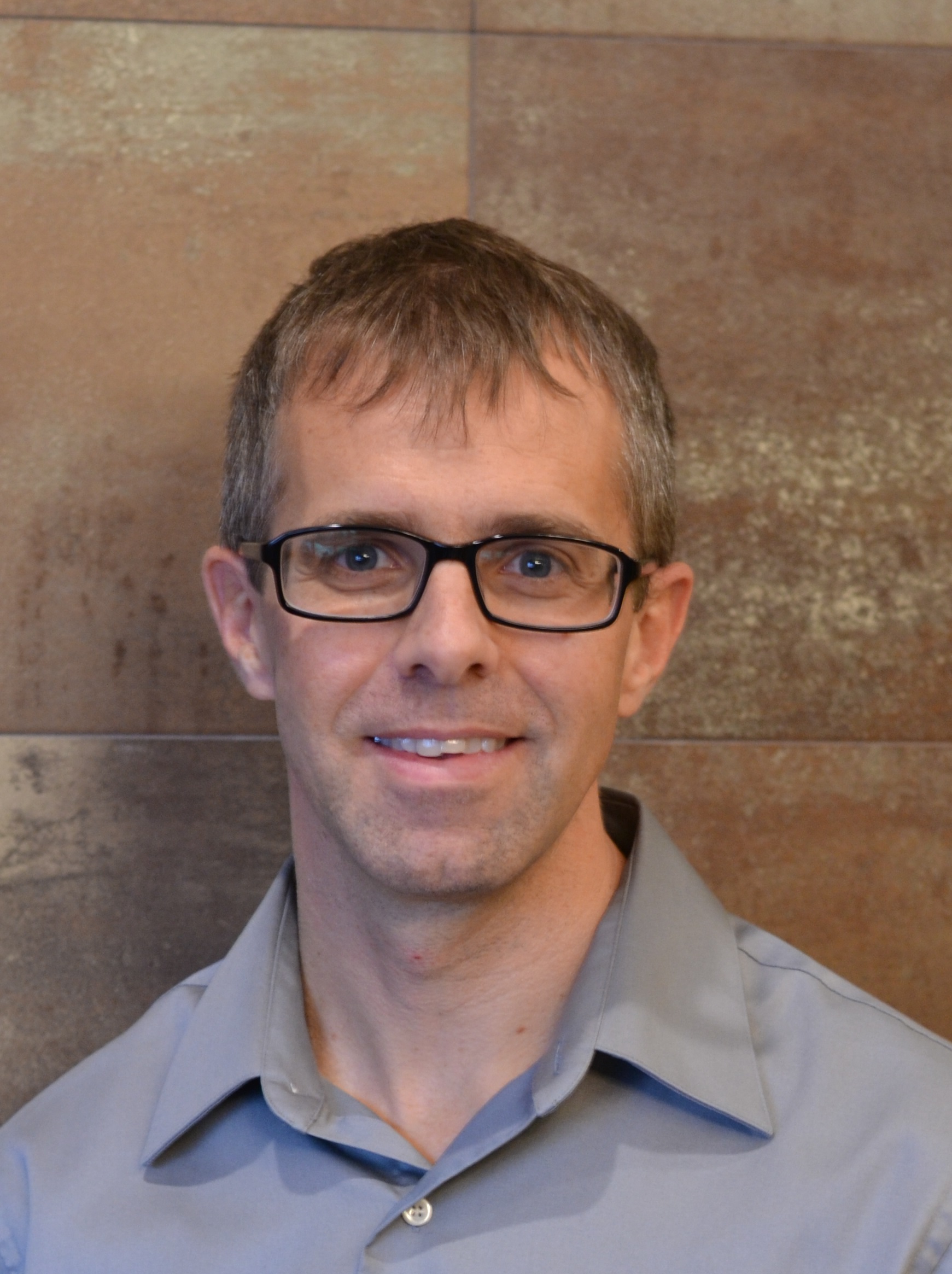 In this episode of the Postural Restoration podcast I welcome Deanna Elliott who practices from her private outpatient clinic, Centered PT & Wellness in Grants Pass, OR. Deanna focuses her practice primarily spending time helping pregnant mothers through their journey of pregnancy, functional medicine, and beyond. From an early age she knew she wanted to help people feel better through healthcare, but through a personal ACL injury was introduced to Physical Therapy. She later graduated with her Doctorate of Physical Therapy from Western University of Health Sciences in 2011. Before even starting her career she knew a bigger picture, holistic approach was her goal.
In this episode of the Postural Restoration podcast I welcome Deanna Elliott who practices from her private outpatient clinic, Centered PT & Wellness in Grants Pass, OR. Deanna focuses her practice primarily spending time helping pregnant mothers through their journey of pregnancy, functional medicine, and beyond. From an early age she knew she wanted to help people feel better through healthcare, but through a personal ACL injury was introduced to Physical Therapy. She later graduated with her Doctorate of Physical Therapy from Western University of Health Sciences in 2011. Before even starting her career she knew a bigger picture, holistic approach was her goal.
Deanna started her early career in Wyoming within numerous settings. She experienced home health, skilled nursing, neuro rehab, school setting and outpatient care during her early years in the field. The confines of these settings quickly made her realize she wanted more. Around this time she experienced her first pregnancy taking on whole body changes for the first time. The changes she experienced and the lack of answers available from traditional medicine led to further frustration. One question to her doctor in particular (“when am I going to Poop normal again”) was the tipping point for her to further explore alternative ways to recover.
Upon googling “Pelvic Biomechanics” Deanna found PRI and shortly after took her first course in 2016. In her words, “this was it!” she couldn’t believe that a systematic approach with “answers” to questions she had, already existed. This holistic approach among other Functional Medicine seminars she had attended led her to start her own practice the way she wanted to. In 2017 she started Centered PT & Wellness in order to do just that. At the same time she was quickly progressing through her PRI journey and in 2020 completed her PRC. She credits this process for a change in her perspective and treatment approach, looking at each person individually, uniquely and differently, every time you see them.
Based on her own experiences through multiple pregnancies she knew she wanted to help other moms experience better pregnancies and post-partum experiences. She explains that less is often more with any population but especially moms experiencing pregnancy. Focusing her treatment on starting with the basics, breathing, daily living, and most importantly remaining grounded. Whether taking someone through birthing preparation for a better labor, or helping them develop a individual post-partum plan, Deanna focuses her attention on their ability to maintain ground sense for pelvic positioning, respiration, and daily life.
Deanna doesn’t stop at the diaphragms. Her treatment approach also focuses on the functional side of digestion, gut health, vagal tone, autonomics and the daily experiences that her patients deal with. Alongside reeducation for daily living, Deanna uses tools like the GI Map to test for microbial health, Genetic or hormonal deficiencies, such as leaky guts, methylation, mutations, organ health, inflammation, nutrition and other mapping. Deanna often requires her patients to agree to a “journey” with her through multiple tests and re-tests if she is going to work with them, as she believes all of it needs to be addressed individually within the same program for every patient.
Deanna has many resources such as guides for birthing, post partum recovery, breech babies, and “busy moms” in order to balance their body alongside the journey of growing a baby. Check out her Find a Provider page for more!

 In this episode of the Postural Restoration Podcast I am joined by Frank Mallon, PT, DPT, PRC. Frank grew up in the Philadelphia area and attended Physical Therapy school at Arcadia University. Although he has had many unique experiences in his home state he has remained there ever since. One of the biggest influences on his early career was the work of Shirley Sahrmann. In his first clinical setting, alongside one of his earliest mentors, Carl Mangion, they were able to implement these concepts with their patients and also share them in the university settings to others interested. Franks first years as a PT in this setting allowed him to explore other schools of thought that otherwise had not been introduced throughout his schooling.
In this episode of the Postural Restoration Podcast I am joined by Frank Mallon, PT, DPT, PRC. Frank grew up in the Philadelphia area and attended Physical Therapy school at Arcadia University. Although he has had many unique experiences in his home state he has remained there ever since. One of the biggest influences on his early career was the work of Shirley Sahrmann. In his first clinical setting, alongside one of his earliest mentors, Carl Mangion, they were able to implement these concepts with their patients and also share them in the university settings to others interested. Franks first years as a PT in this setting allowed him to explore other schools of thought that otherwise had not been introduced throughout his schooling. In this episode of the Postural Restoration Podcast I am joined by
In this episode of the Postural Restoration Podcast I am joined by  In this episode of the Postural Restoration Podcast I am joined by
In this episode of the Postural Restoration Podcast I am joined by 

 In this episode of the
In this episode of the 


 In this episode of the
In this episode of the  In this episode of the
In this episode of the 